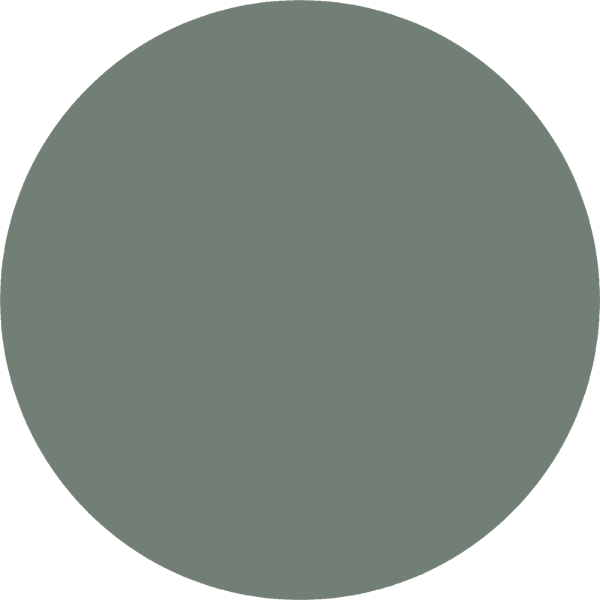Step 1: Construction and style

First we consider the overall look: the shape of the garment, what you will be wearing it for and the right construction for your natural proportions. Then we move on to details such as lining, canvassing and pockets.
Step 2: Fabric and finishes

To get the fabric selection right, we narrow down your options by colours that enhance your complexion, texture that accentuates the shape of the suit and cloth that is durable enough for the purpose of the garment. Finally, you select complementary finishes including buttons, cuffs and monogramming.
Step 3: Measure and fit

Custom clothes should move effortlessly with you – and that’s why this step is the most in-depth. We take detailed measurements, paying attention to proportion, length and balance. Then once you are measured up, we test the fit against your natural movements to create the basis of your pattern.
Step 4: Maintenance

At our adjoining alterations studio, many repairs we perform are due to incorrect care. To ensure this doesn’t happen to you, we explain storage, dry cleaning (you can overdo it), ironing and letting your garments breathe. You don’t have to remember all this, because we give you a copy of The Suit Book that outlines these details too.
Step 5: Capsule wardrobe

With your measurements and style preferences on file, building out your wardrobe is a straightforward task. With the right mix of garments for different occasions – all in complementary styles and colours – getting dressed becomes simple and one of the most enjoyable parts of each day.
FAQs
A custom suiting jacket is a jacket made specifically for an individual, based on their measurements, preferences, and style choices. Unlike off-the-rack options, a custom jacket is tailored to ensure a perfect fit and offers personalization in terms of fabric, cut, and design elements.
The process typically involves:
Consultation: You meet with a tailor to discuss your style, fabric preferences, and fit requirements.
Measurements: Detailed measurements are taken, including the chest, waist, shoulders, arms, and more.
Fabric Selection: Choose the material, color, and pattern for your jacket.
First Fitting: A prototype or “baste” jacket is created for an initial fitting.
Final Adjustments: Based on the first fitting, the tailor makes necessary alterations for a perfect fit.
Final Product: Once all adjustments are made, you get your finished jacket, perfectly tailored to your body.
It typically takes anywhere from 4 to 6 weeks to complete a custom jacket, depending on the tailor’s workload and the complexity of your design. The process may take longer if multiple fittings are needed.
The price can vary widely depending on several factors, including:
Fabric quality: Luxury fabrics like cashmere or high-end wool will cost more.
Tailor’s reputation: A renowned tailor will likely charge a premium.
Customizations: Unique designs, intricate details, or special fabrics may increase the price.
Generally, custom jackets start at around $1200–$1,900 but can go much higher, especially for high-end materials or bespoke tailoring.
Made-to-Measure (MTM): A jacket is created based on your measurements but may follow a standard pattern with limited customization. Some adjustments are made, but the basic structure remains the same.
Bespoke: A completely personalized jacket is created from scratch, based on your specific measurements and preferences. This involves more fittings and adjustments, with every detail tailored just for you.
The fabric you choose depends on the occasion and the look you're going for. Common options include:
Wool: Versatile and great for both formal and business settings.
Linen: Perfect for warmer weather or casual looks.
Tweed: A classic choice for a more traditional or autumn look.
Cashmere: Luxurious and soft, often used for high-end jackets.
Yes! Custom jackets offer numerous options for personalization, including:
Monogramming: Adding your initials to the inside of the jacket or on the cuffs.
Piping and lining: Choose unique colors or patterns for the inner lining or contrast piping.
Buttons: Select from different materials like mother-of-pearl, horn, or metal.
Custom pockets or lapels: Tailor the shape and style of your pockets and lapels to suit your preferences.
A well-fitted jacket should:
Sit comfortably on your shoulders without pulling or sagging.
Allow movement without feeling too tight in the chest, waist, or arms.
Fit properly at the waist: There should be no excess fabric at the sides, and it should contour to your body.
Sleeve length: The sleeves should fall just above your wrist bone, allowing about a half-inch of shirt cuff to show.
Your tailor will perform fittings to ensure these details are spot on.
Minor changes can often be made during the process, especially after the first fitting. However, the more significant changes (such as altering the overall cut or switching fabrics) may be difficult or costly to implement once the jacket has already been started.
Custom Jacket: Tailored specifically for you, offering a perfect fit and personalized design.
Ready-to-Wear Jacket: Mass-produced and available in standard sizes. These jackets may not fit as perfectly as a custom one and offer fewer options for personalization.
To preserve the quality of your custom jacket, consider the following care tips:
Dry Clean Sparingly: Avoid frequent dry cleaning as it can wear down fabric over time. Only clean when necessary.
Store Properly: Use a good-quality hanger to maintain the jacket’s shape. Ideally, store it in a garment bag to protect it from dust and dirt.
Press Regularly: Gently press the jacket using steam to keep it looking sharp and free from wrinkles.
Rotate Wear: If you have multiple suits, rotate them to avoid wearing one out too quickly.
- Choosing a selection results in a full page refresh.










